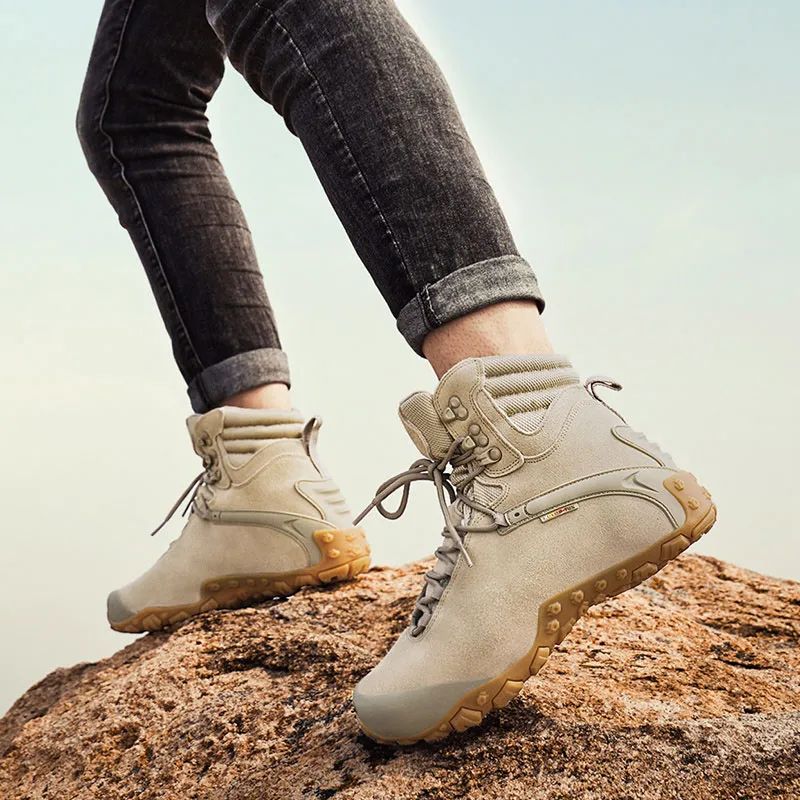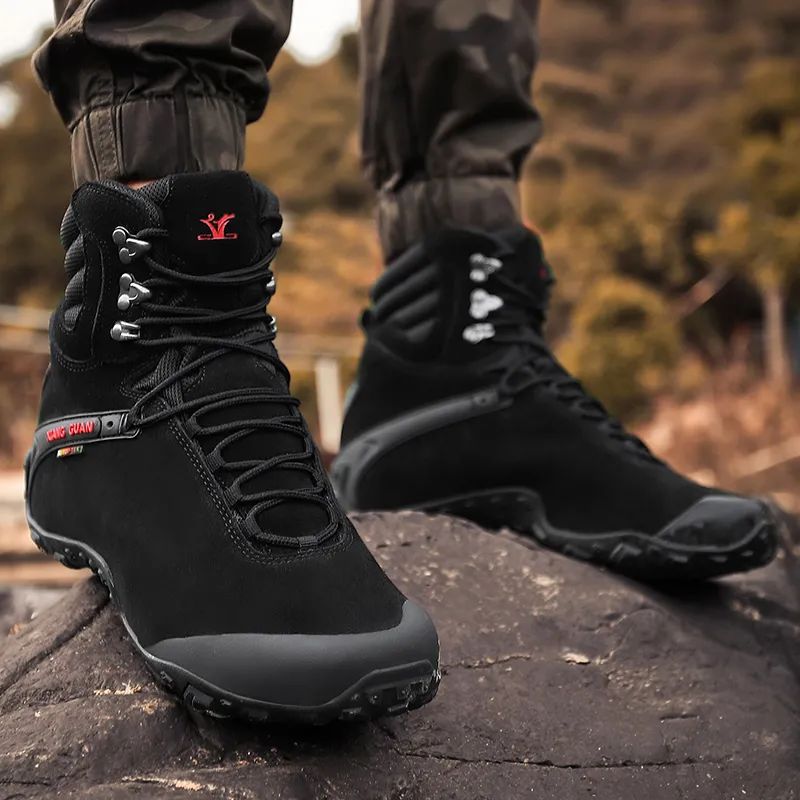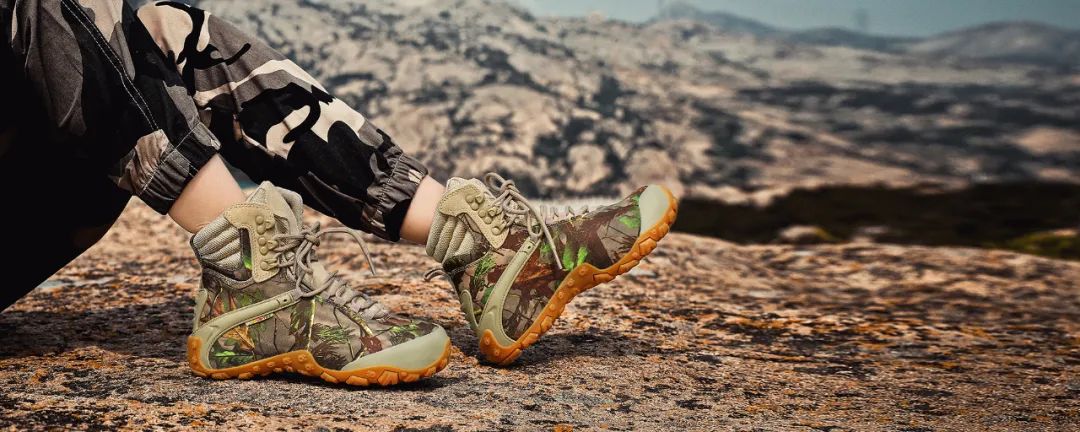Reminder: when choosing matching outdoor socks, you should choose slightly thicker cotton socks to fill the gap between shoes and feet, so as to effectively prevent blisters on the feet. Cotton socks can help absorb sweat and remove moisture. As for the shoe width standard, it is better not to tighten or loosen, because no matter which series, there will be looseness after wearing for a period of time, so there is no need to leave room.

In the wild, especially in the alpine environment, the weather is always unpredictable. At this time, we should take climate change into consideration. We should choose a pair of waterproof hiking shoes, preferably with waterproof lining, and prepare several pairs of socks to guide sweat and moisture. Only when they are used together can they have the best effect.

Antiskid is one of the basic characteristics of outdoor shoes, and it is also an important indicator to check the performance of a pair of shoes. Good antiskid is more conducive to the stability of walking, so as to reduce injury.
In order to solve the problem of anti-skid soles, shoe manufacturers have made many articles on patterns and rubber surfaces, so that outdoor shoes have better anti-skid performance. The anti-skid property of the sole will decline after a period of wear. Especially on the wet and hard ground, the high-density rubber will often affect the anti-skid property, but it will not be affected on the dry ground. The vibram outsole, which is familiar to outdoor people, has this feature.
The key to the strong support of outdoor shoes is that the sole is very hard and the upper is tight and firm, so that the foot support can be enhanced when carrying weight. However, this relatively strong design structure can not adapt to the new shoes immediately when they are just put on the feet. There needs to be an adaptation period. Therefore, it is best to run in the new shoes for a week before the official trip after buying them. When you feel no discomfort, you can change them.
